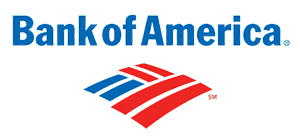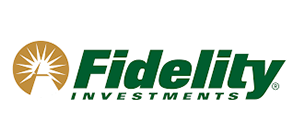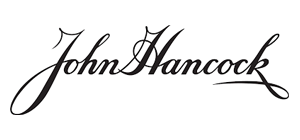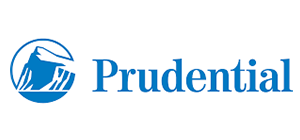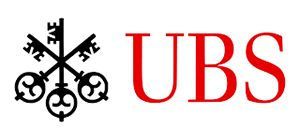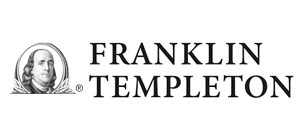How Much Risk are Ivy League Endowments Taking?
Lessons (not) learned: our analysis shows Ivies are at pre-GFC levels of risk
The Financial Times’ recent article, “’Game over’: Investors hunt for new model after years of broad gains”, detailed the conundrum institutional investors face today.
The high prices for fixed-income assets mean bonds, typically a ballast in portfolios, are unlikely to offer much protection should stocks quake again. Meanwhile, equity markets now trade at elevated valuations in many countries, limiting their scope for further gains. “Falling interest rates were the engine of a twin bull market. You couldn’t lose for 40 years. But that game is over now, so what do you do?” said Stan Miranda, chair of Partners Capital, which manages $40bn on behalf of endowments, family offices and charities.
In light of lower expected future returns due to low bond yields and high equity valuation multiples, institutional investors may look to alternative assets to boost returns. But large endowments already have over half of their capital invested in alternatives.
…what was once pioneering is now commonplace. The average US foundation now has over half its money in alternative and “real assets” like property and infrastructure, according to the National Association of College and University Business Officers. Two decades ago it was under 10 percent.
As can be seen below, Mohamed El-Erian has an explanation for this broad-scale movement into alternative assets – one that implies that these investors are taking on more risk that is not readily apparent for privately owned assets.
Most investors are increasing allocations to alternatives to counter the dimming outlook for mainstream markets, notes Mohamed El-Erian, a former head of Harvard’s endowment. “The reasons these vehicles have gotten so popular is that they allow you to use leverage without showing that you’ve used leverage, because it is within the vehicle itself,” he says.
El-Erian’s comments apply directly to Ivy league endowments; most follow the “Yale Model”, which is characterized by a small allocation to debt and high allocation to private and other alternative assets. If alternative assets potentially conceal the true risk they are taking, a pertinent question is, “how to estimate the risk Ivy endowments are taking by using only publicly disclosed annual performance results?”
To answer this question, we build on our experience analyzing Ivy League endowments as we did in 2015, 2016, 2017, 2018 and 2019 to quantify their respective exposure to public risk factors. We will use this risk assessment to estimate the historical volatility these portfolios would have experienced (if public), and the losses each endowment would have thus realized during both the Internet Bubble Meltdown and the GFC. Our intention? To quantify the true risk each endowment is taking – and assess if their associated university has a risk tolerance to withstand these losses in similarly stressed situations.
Sign in or register to get full access to all MPI research, comment on posts and read other community member commentary.
